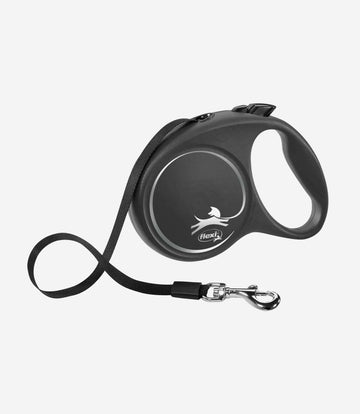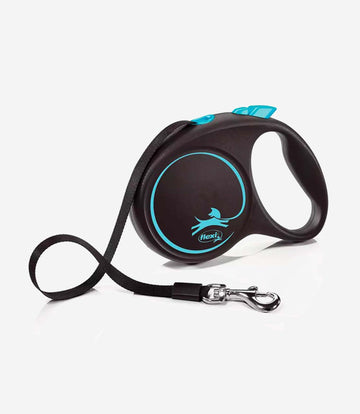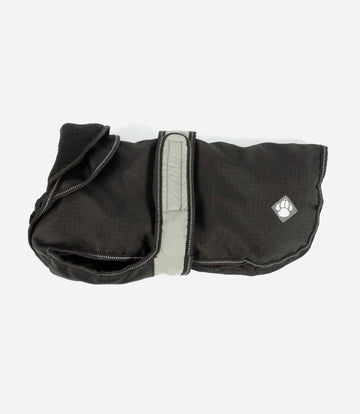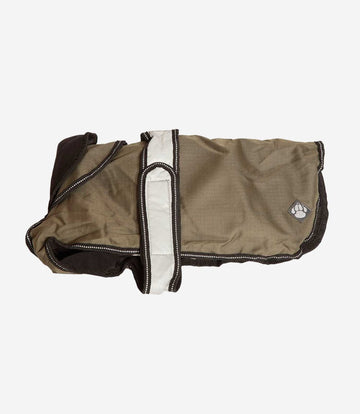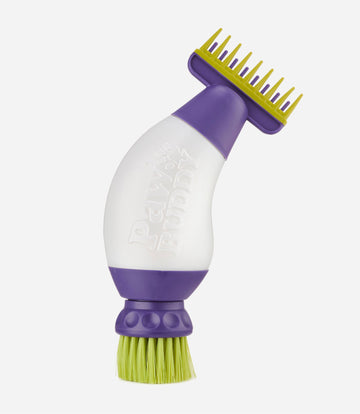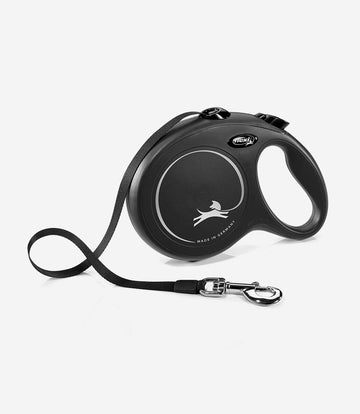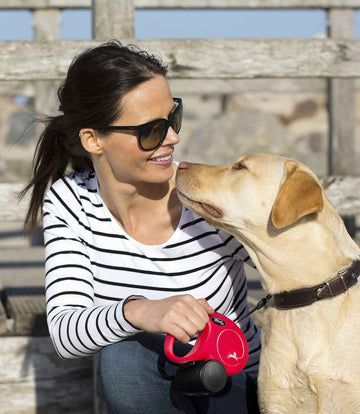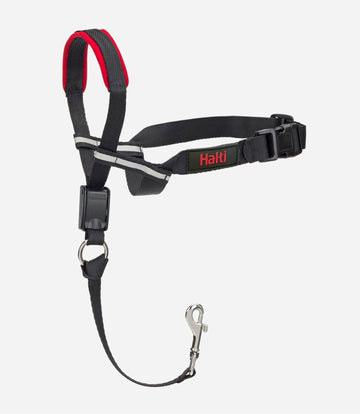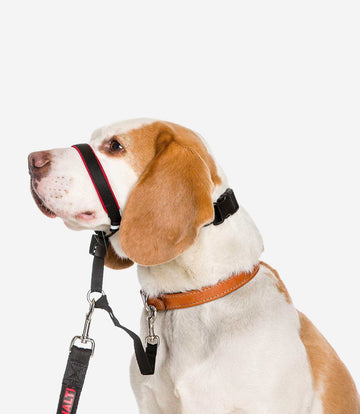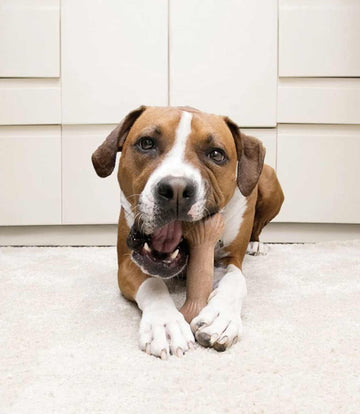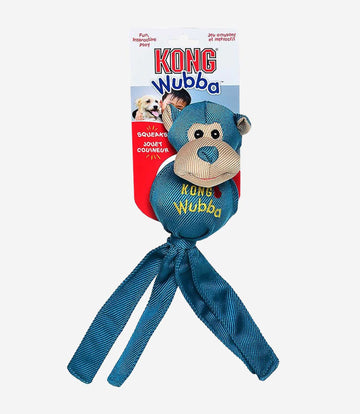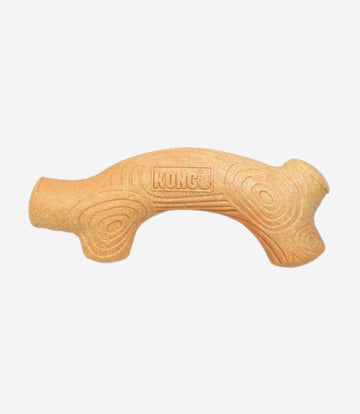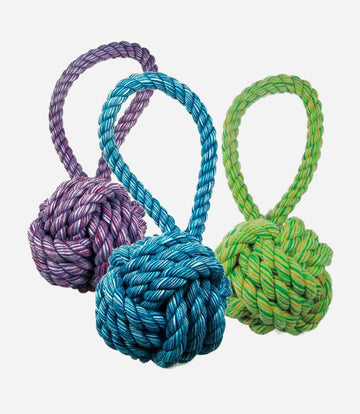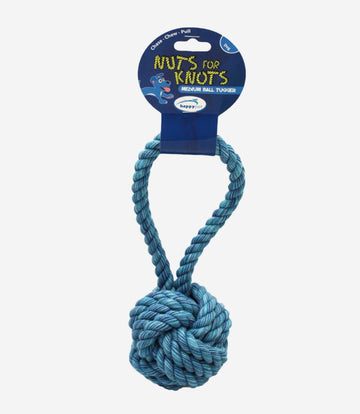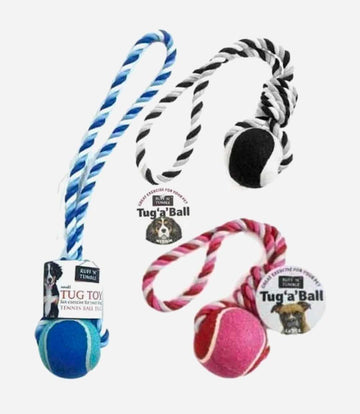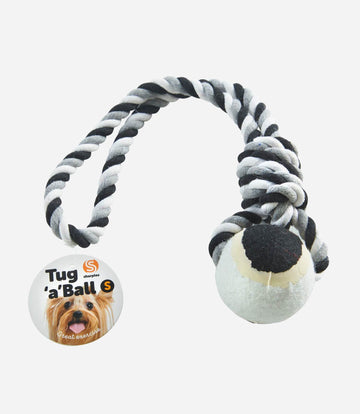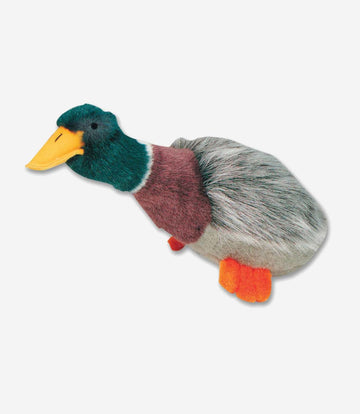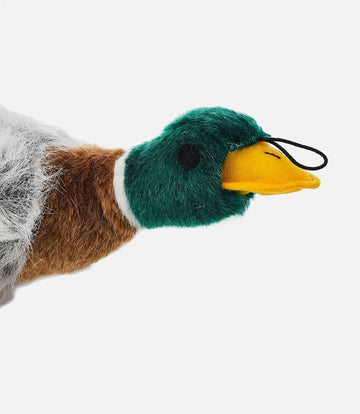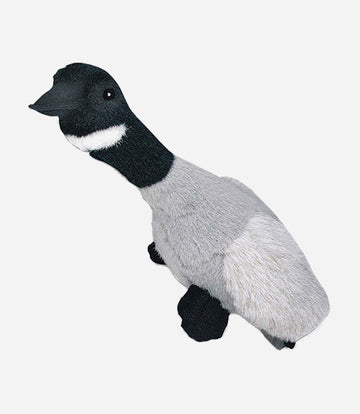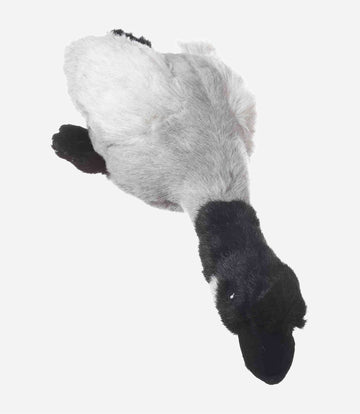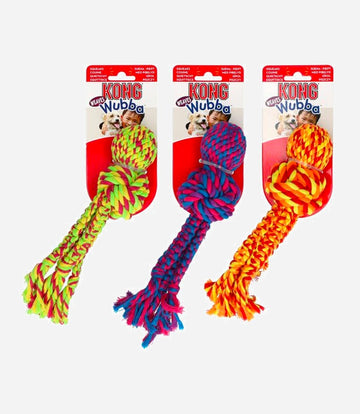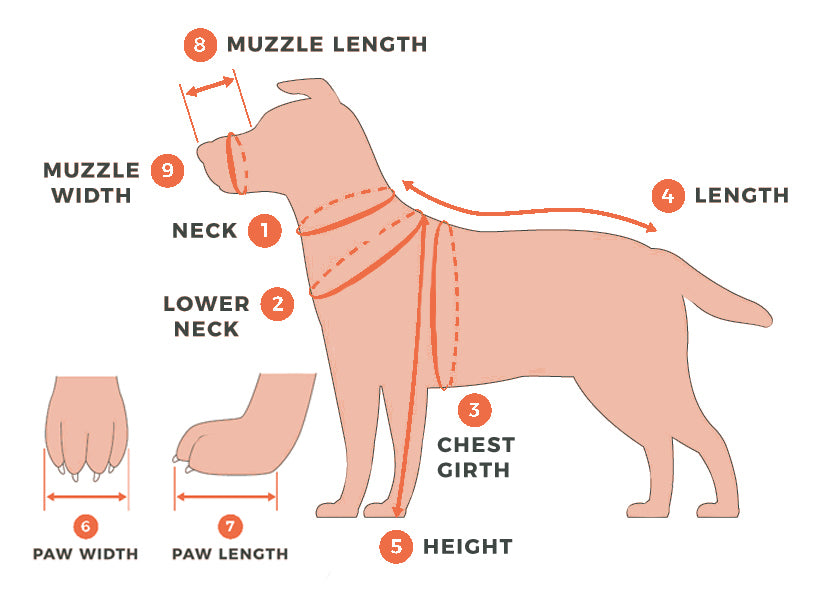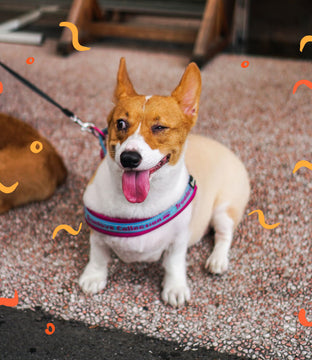How to put on a Dog Harness?
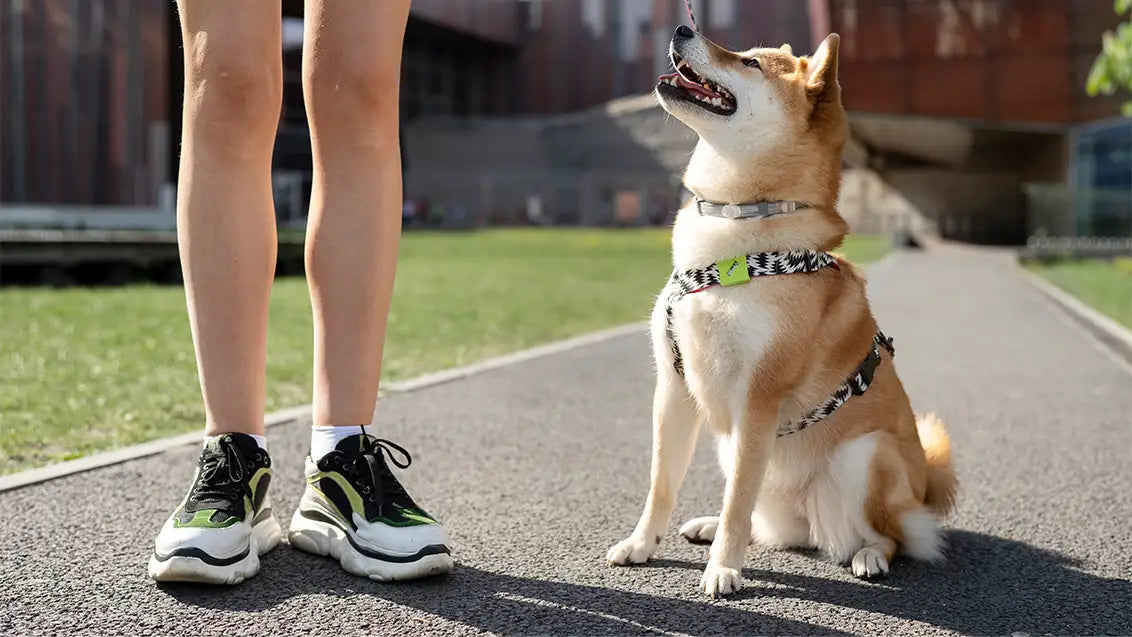
Are you tired of the typical dog leash routine, where your furry companion constantly pulls and tugs, turning every walk into a never-ending battle? If so, it may be time to explore the benefits of using a dog harness. A dog harness can profoundly transform your walking experience with better control over your pet and increased comfort for both of you. However, you might wonder how to put on a dog harness correctly. Don't worry! We are here to provide you with a detailed step-by-step guide that will enable your four-legged friend to strut in style while enjoying seamless walks ahead. Prepare yourself as we introduce the fundamentals of maximizing your canine's potential during those delightful strolls together!
Types of dog harnesses
-
Front-Clip Harness:
This particular style of harness features a strategically placed leash attachment point on the dog's chest, specially designed to address retraction issues by turning the dog’s attention towards you whenever they try to retreat on their face, effectively discouraging this behavior and encouraging greater power when walking.
-
Back-Clip Harness:
Equipped with a convenient leash attachment point for positioning between the dog’s shoulder blades, back-clip harnesses provide effortless and secure tightness. These harnesses are especially suitable for dogs that are well behaved and don’t over pull.
-
No-Pull Harness:
Harnesses designed to discourage pulling are specifically made for dogs that have a tendency to pull on their leashes. These advanced dog no pull harnesses typically come equipped with both front and back leash attachment points, effectively minimizing the likelihood of excessive pulling habits.
-
Step-In Harness:
Step-in harnesses provide an effortless and stress-free way for dogs to put on their harness. By simply attaching steps to the harness and retracting it, this system provides a convenient solution for dog parents whose pets may have reservations about items being placed over their heads.
-
Vest Harness:
Vest-style harnesses are designed to envelop the dog's body, offering a higher level of security in comparison to basic strap harnesses. Furthermore, these types of harnesses can offer additional support for dogs that may have specific health conditions.
Deciding on a Dog Harness: Factors That Matter
When it comes to selecting a dog harness, the comfort and safety of your furry friend should be top priority. A properly fitting harness is essential in providing utmost comfort while ensuring unrestricted movement. It's crucial to carefully consider the size of the harness and to determine the perfect fit, always refer to the size guide. Using a flexible tape measure is highly recommended for precise measurements. Remember, finding an appropriately sized dog harness is vital for both their physical well-being and overall happiness during walks or any outdoor activities.
How to put on a dog harness?
If you are unsure about how to put a harness on a dog, simply follow these instructions-
Step 1: Familiarize your dog to the harness
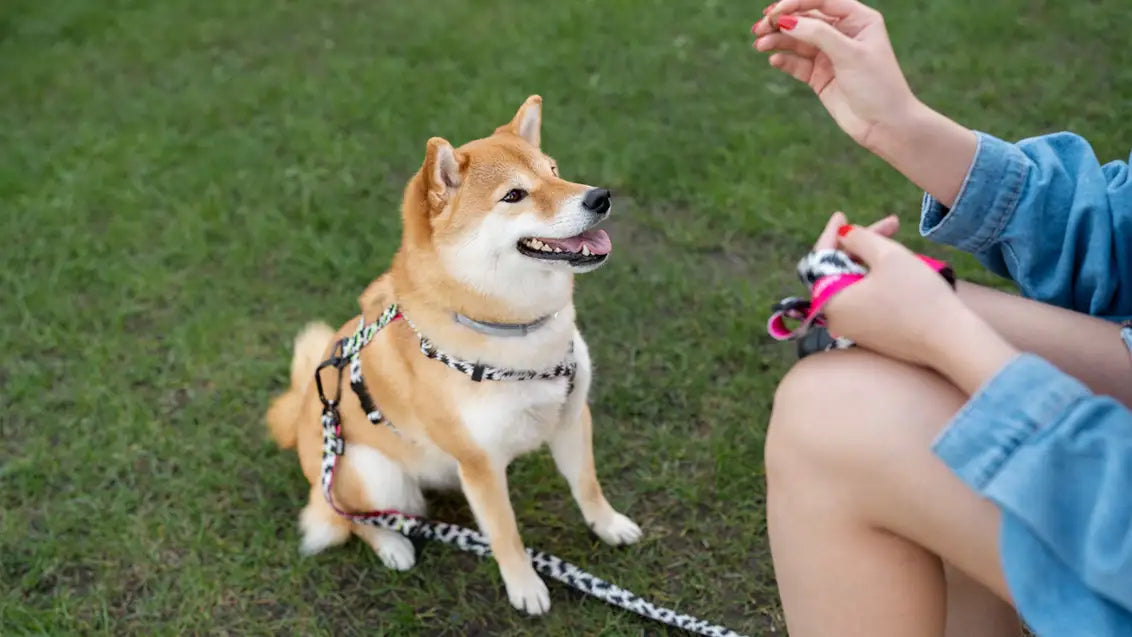
First, begin by acquainting your canine companion with the harness. It is crucial to let them have a chance to investigate and familiarize themselves with it before actually putting it on. By allowing them to sniff and explore the harness beforehand, you are helping your dog become more comfortable with this new accessory. Allowing this initial investigation will reduce any potential anxiety or resistance.
Step 2: Locate the front and rear
When searching for cute dog harnesses, it is crucial to find both the front and back components. The front part of the harness can usually be identified by looking for a D-ring or loop where you attach a leash. On the other hand, the rear section of the harness is typically distinguishable due to its additional straps or padding.
Step 3: Open the harness & Place it on the ground
Unbuckle or unclip any fasteners that secure the cute dog harnesses. This will allow you to easily open up the harness for further adjustments. After opening up the harness, lay it flat on the ground with its inside facing upwards. This ensures clear visibility of all components and easier access for making any necessary modifications.
Step 4: Align the harness with the body
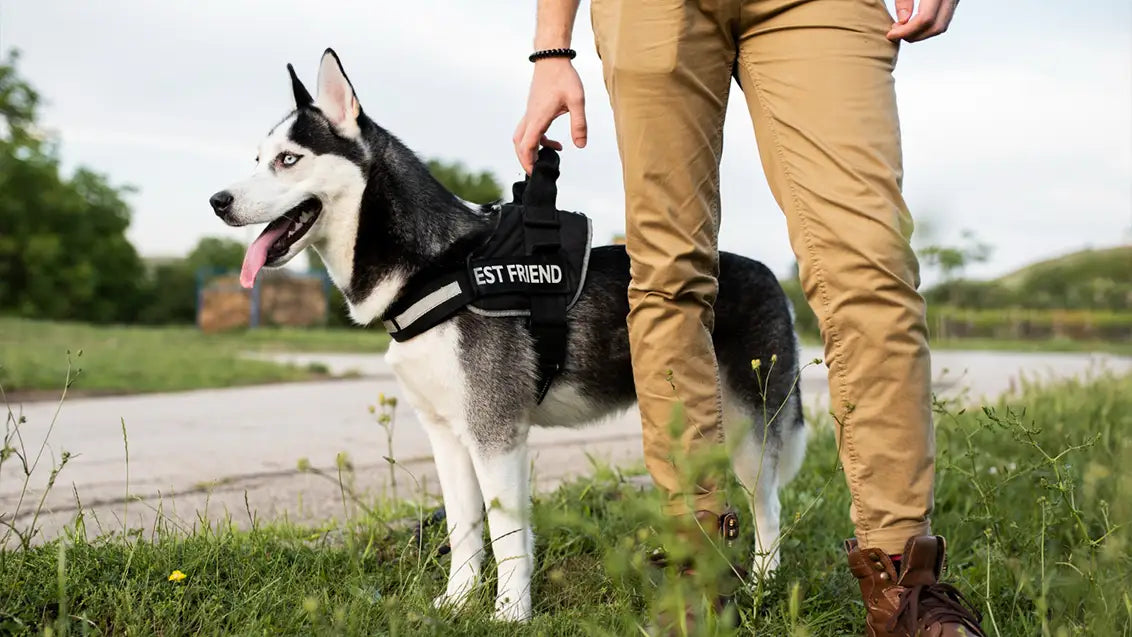
Guide their legs in the harness and then gently lift it over their back to put a harness on a dog. Make sure that you align the front of the harness with your dog’s chest. It is important to take extra care when adjusting the straps so as not to cause any discomfort or restrict your canine companion's movement.
Step 5: Fasten the buckles, clips, or Velcro strap
In order to secure the harness on your dog, start by bringing both sides of the harness together under their belly. Next, fasten the buckles, clips, or Velcro straps according to the type of harness you have. Make sure that all closures are securely fastened in order to keep the harness firmly in place around your dog's body.
Step 6: Adjust the fit and attach the leash:
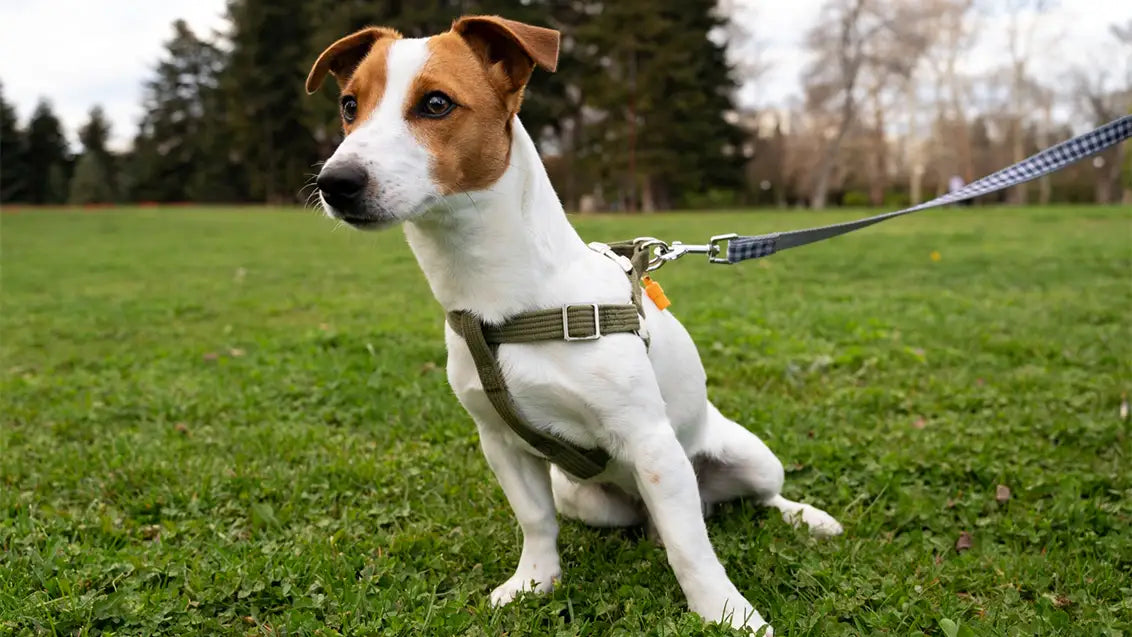
Ensure that the harness is properly fastened. Check if there is sufficient space for your fingers to fit comfortably between the harness and your dog's body. If needed, make adjustments by tightening or loosening the straps. When you are confident in the secureness of the harness, proceed to connect the leash either at the D-ring or loop positioned at either the front or back of it.
Step 7: Check for comfort and freedom of movement
When testing the harness on your canine companion, it is crucial to ensure that they can move freely and without any discomfort or restrictions. It's important to verify that the harness does not impede their natural range of motion in any way. This will allow them to maintain their mobility and flexibility while wearing it.
Now that you have learned the proper technique for how to put on a dog harness, you are now well-prepared to enjoy your walks with confidence and flair. Bid farewell to the challenges associated with using a traditional leash and embrace the convenience and comfort provided by a properly-fitted harness. It's important to keep in mind that introducing this new equipment might require some time and patience, but through consistent training and positive reinforcement, your furry friend will soon be comfortable enough to join you on those stylish strolls. Ensure that you acquire your harness from Nestpets, carefully follow our step-by-step instructions, and get ready for leisurely walks that both you and your canine companion will find effortless.

